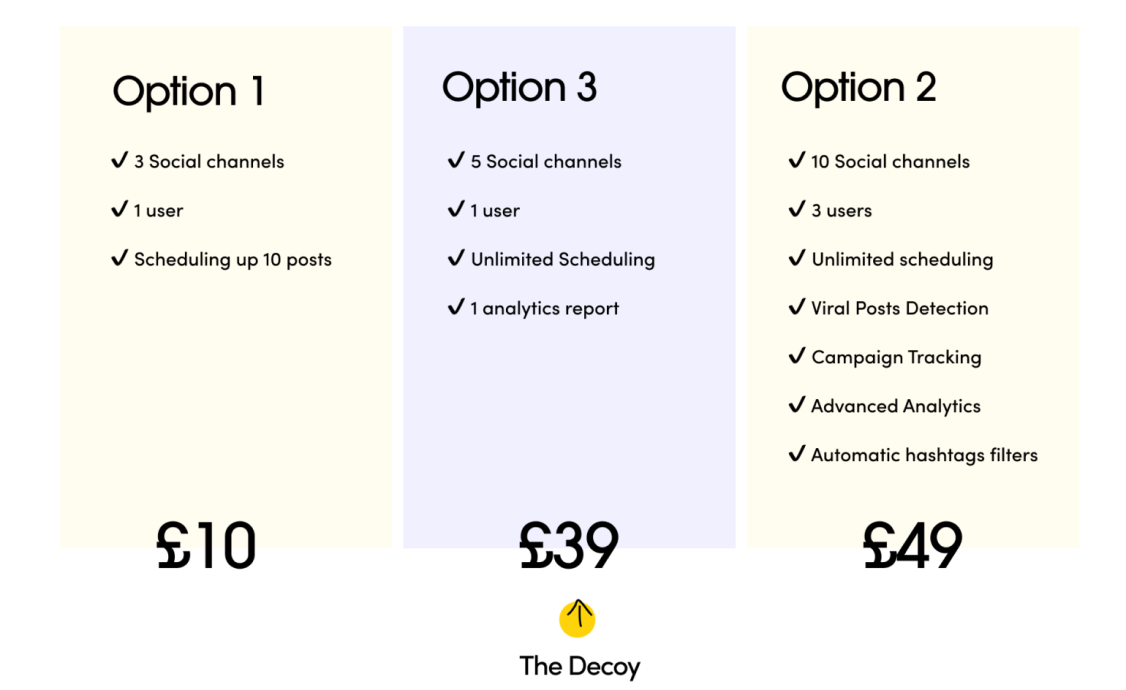The Dark Side of E-commerce: The Impact of Hidden Design Patterns ("Dark Patterns") on Estonian Shoppers
Online shopping has experienced a surge in popularity over time. In 2022, Estonia's e-commerce sector recorded a total turnover of 3.54 billion euros, marking an impressive growth of over one billion euros compared to the previous year (with a turnover of 2.5 billion euros in 2021).
Additionally, the number of e-commerce platforms has risen by nearly 30% in the past two years, increasing from approximately 6,000 to 7,700. However, businesses are now facing the challenge of finding new ways to differentiate themselves and attract customers to their specific products and services. This is crucial for generating profits and improving key performance indicators (KPIs). To accomplish this, companies often resort to employing "dark patterns," a term referring to hidden design patterns utilized in their interfaces.
How to recognize "dark patterns"?
Dark patterns encompass a range of techniques designed to influence users into performing specific actions, such as making unwanted purchases (as shown in Example 1) or sharing their personal data and usage rights (as depicted in Example 2).
While some argue for the potential benefits of employing dark patterns, such as access to free products or immediate gratification, the prevailing view regards them as unethical design practices. The underlying reason for this perspective lies in the detrimental effects experienced by users, including financial loss, wasted time, heightened stress, and encroachments on privacy and autonomy.
Example 1: The image displays three options presented to the user, with the middle option designed as a "decoy" to persuade the user into selecting the most expensive option. Although the financial difference between the options is minimal, the "bonus" that the user receives as a result of choosing the more expensive option is significantly greater.
Example 2: This example illustrates a cookie consent pop-up where the user is not provided with the option to decline the collection and sharing of their personal data with third parties.
User research
To comprehensively comprehend the impact of hidden design patterns on Estonian e-commerce users, a mixed-method study was conducted. Firstly, interviews were conducted to gain insights into the participants' awareness and evaluation of the usage of hidden design patterns. Subsequently, an A/B test was carried out to examine the influence of hidden design patterns on users' trust and purchase intention within an e-commerce store.
The A/B test employed prototypes representing the same online store, with one version incorporating hidden design patterns and the other devoid of such patterns. Lastly, a survey was employed to gauge the acceptance of hidden design patterns and the extent to which they were perceived as harmful.
The results of the research
The interviews revealed that the utilization of hidden design patterns often goes unnoticed unless they are widely recognized or prevalent practices. For instance, in time-sensitive purchasing scenarios where product discounts appear to have a limited duration (accompanied by a visible timer), users feel compelled to make swift purchases to avoid missing out on the discounts.
However, when users do become aware of the implementation of hidden design patterns, they tend to resist the behavioral influence induced by such patterns, albeit expressing dissatisfaction with their presence in online stores. It was observed that users' selection and use of e-commerce platforms were primarily driven by factors such as discounts or positive prior experiences.
The results of the A/B test indicated that hidden design patterns do not significantly impact the trust and purchase intention of Estonian users. However, they did suggest potential gender differences, as women showed lower purchase intention in e-commerce stores employing hidden design patterns compared to men. Although the difference in trust was not statistically significant due to the small sample size, a pattern emerged suggesting that women have less trust in online stores utilizing hidden design patterns.
It is important to note that since the A/B test was conducted using prototypes in a hypothetical situation, the results might differ slightly when applied to real online stores where shoppers have a motivation to make actual purchases. The A/B test results could also have been influenced by factors highlighted by participants, such as their previous positive experiences with online stores.
Despite the results of the A/B test, survey findings revealed that Estonian users do not accept the use of hidden design patterns and perceive them somewhat harmful to themselves. The acceptance and perceived harm of hidden design patterns vary depending on the type of pattern.
Additionally, the survey results indicated that acceptance of hidden design patterns and perceiving them as harmful are not in sync. This means that users may not agree with the use of design patterns but may also feel that they are not personally affected by them.
Participants emphasized that hidden design patterns are generally bothersome, and they try to ignore them. However, in extreme cases, they may abandon the purchase process and complete the transaction in another online store where such patterns are not employed.
In conclusion
The use of hidden design patterns in e-commerce is a controversial topic, and their utilization must consider potential negative consequences. Although the research findings demonstrated that hidden design patterns do not significantly affect the trust and purchase intention of Estonian users, it is evident that users perceive them as harmful and do not accept their usage.
Therefore, when developing software solutions, it is essential to consider the ethical aspect and create transparent and user-friendly online stores that meet customer needs and expectations, thus attracting shoppers to consume their services and products.









